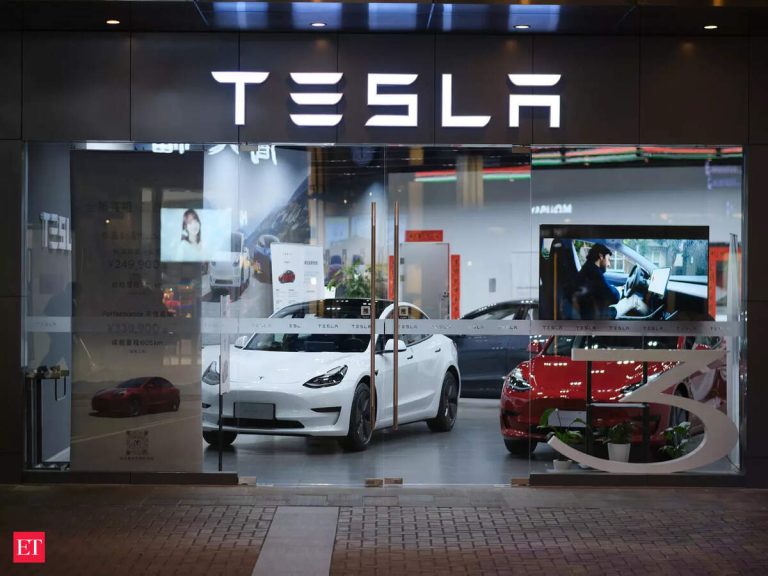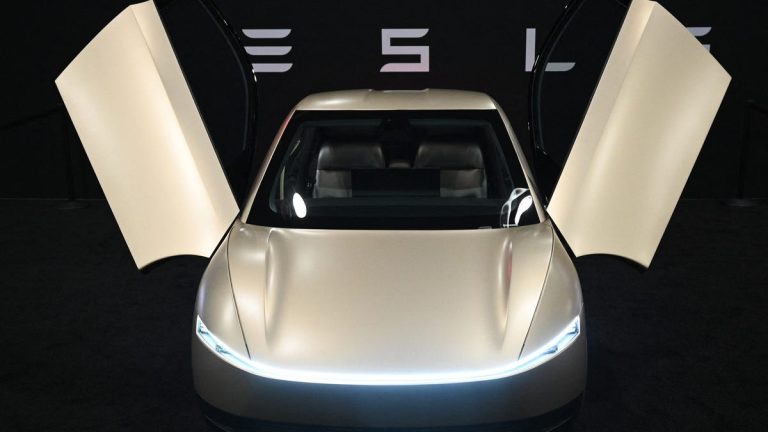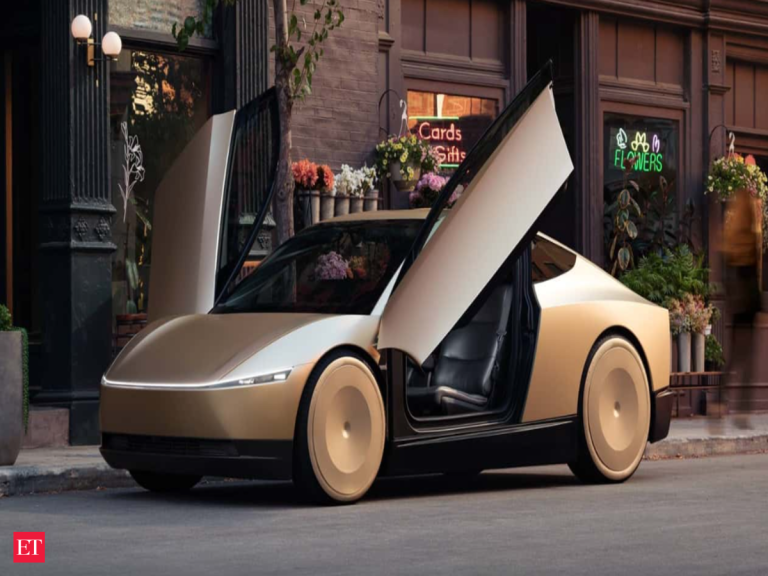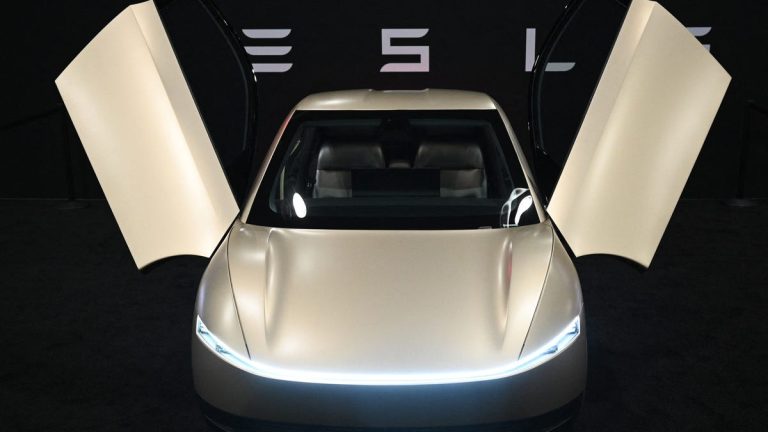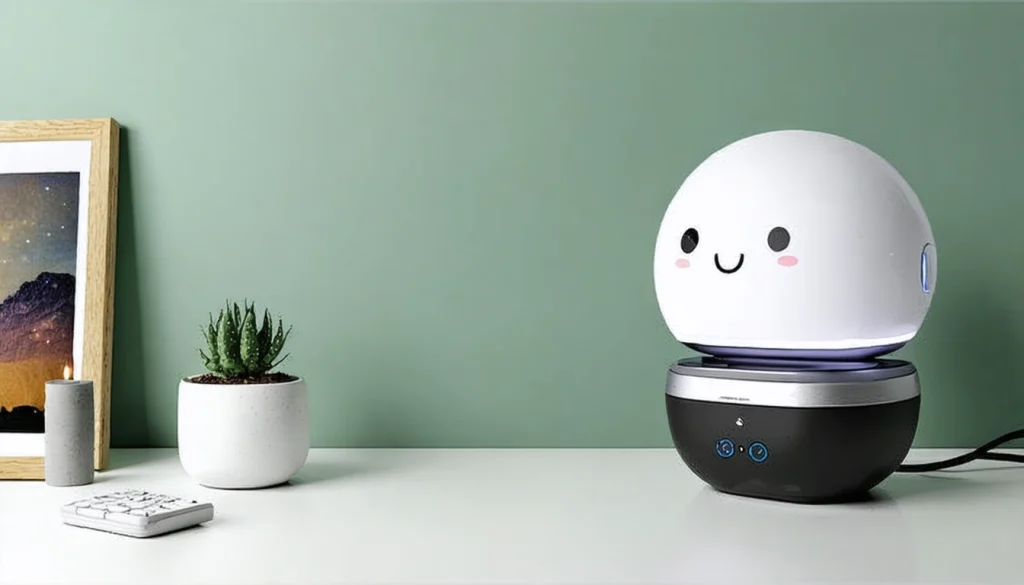
Home Automation in 2025: The Smart Home Ecosystem
Introduction to Home Automation

Home Automation in 2025: The Smart Home Ecosystem is revolutionizing the way we live and interact with our homes. With the advent of the Internet of Things (IoT), smart home technology has become increasingly sophisticated, enabling homeowners to control and monitor various aspects of their homes remotely. In this article, we will delve into the world of home automation, exploring the latest trends, technologies, and innovations that are shaping the smart home ecosystem in 2025.
Key Components of Home Automation
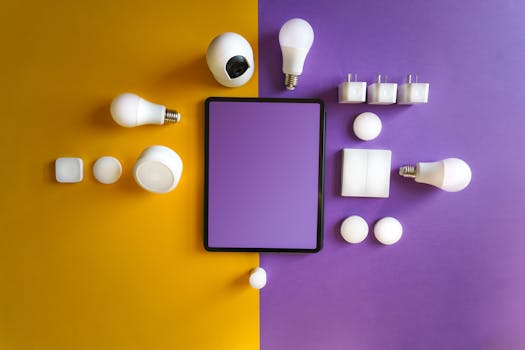
Home automation systems typically consist of several key components, including sensors, actuators, controllers, and communication protocols. Sensors detect changes in the environment, such as temperature, humidity, and light levels, while actuators perform actions, like turning lights on or off. Controllers process data from sensors and send commands to actuators, and communication protocols enable devices to communicate with each other and the outside world.
Smart Home Devices
Smart home devices are an integral part of home automation systems. These devices can be controlled remotely using smartphones, tablets, or voice assistants, and can perform a wide range of functions, such as adjusting thermostat settings, locking doors, and monitoring security cameras. Some popular smart home devices include Amazon Echo, Google Home, and Apple HomePod.
Benefits of Home Automation

Home automation offers numerous benefits, including increased convenience, energy efficiency, and enhanced security. With home automation, homeowners can control their homes remotely, receive notifications when something goes wrong, and enjoy a more comfortable and personalized living experience. Additionally, home automation can help reduce energy consumption, lower utility bills, and minimize waste.
Energy Efficiency
One of the most significant benefits of home automation is energy efficiency. By installing smart thermostats, lighting systems, and appliances, homeowners can optimize their energy usage, reducing waste and saving money. For example, smart thermostats can learn a home’s temperature preferences and adjust the temperature accordingly, while smart lighting systems can automatically turn off lights when not in use.
Challenges and Limitations
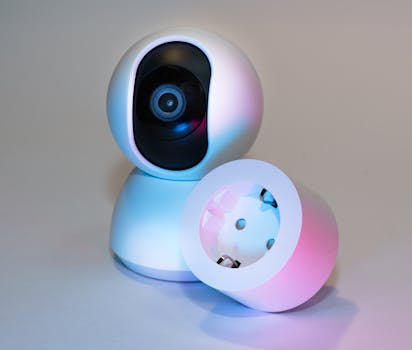
While home automation offers many benefits, it also poses several challenges and limitations. One of the main concerns is security, as smart home devices can be vulnerable to hacking and data breaches. Additionally, the complexity of home automation systems can be overwhelming, requiring significant technical expertise to install and maintain. Furthermore, the high upfront costs of smart home devices and systems can be a barrier to adoption for many homeowners.
Future of Home Automation
Despite the challenges and limitations, the future of home automation looks bright. As technology continues to advance, we can expect to see more sophisticated and affordable smart home devices and systems. The integration of artificial intelligence (AI) and machine learning (ML) will enable home automation systems to learn and adapt to homeowners’ preferences, making them more efficient and effective. Moreover, the growth of the IoT will lead to greater connectivity and interoperability between devices, creating a more seamless and integrated smart home experience.
Conclusion

In conclusion, home automation in 2025 is a rapidly evolving field, with new technologies and innovations emerging every day. As the smart home ecosystem continues to grow and mature, we can expect to see significant improvements in convenience, energy efficiency, and security. While there are challenges and limitations to overcome, the benefits of home automation far outweigh the drawbacks. Whether you’re a homeowner, a developer, or simply a tech enthusiast, the world of home automation has something to offer, and it’s an exciting time to be a part of it.



